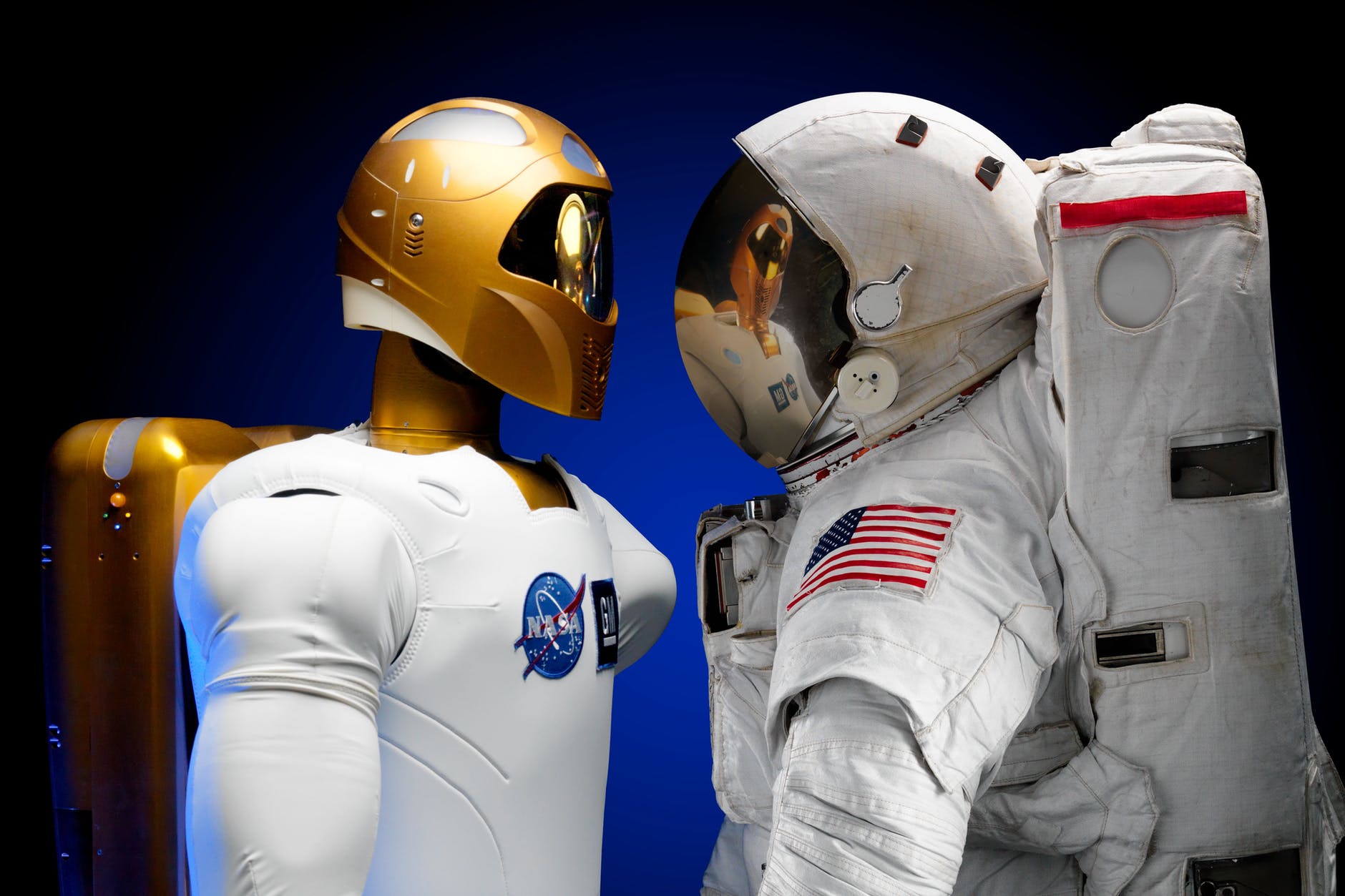Interview: Coffee with a Researcher @ ICRA 2022

Below is a transcript of my interview with Ahalya Ravendran of the Australian Centre for Field Robotics at the University of Sydney, conducted as part of the Coffee with a Researcher series for the IEEE International Conference on Robotics and Automation (ICRA 2022):
How can robots learn to interact with and reason about themselves and the world without an intuitive feel for either? Communication is at the heart of biological and robotic systems. Inspired by control theory, information theory, and neuroscience, early work in artificial intelligence (AI) and robotics focused on a class of dynamical system known as feedback systems. These systems are characterized by recurrent mechanisms or feedback loops that govern, regulate, or ‘steer’ the behaviour of the system toward desirable stable states in the presence of disturbance in diverse environments.
Feedback between sensation, prediction, decision, action, and back is a critical component of sensorimotor learning needed to realize robust intelligent robotic systems in the wild, a grand challenge of the field. Existing robots are fundamentally numb to the world, limiting their ability to sense themselves and their environment. This problem will only increase as robots grow in complexity, dexterity, and maneuverability, guided by biomimicry.
Feedback control systems such as the proportional integral derivative (PID), reinforcement learning (RL), and model predictive control (MPC) are now common in robotics, as is (optimal, Bayesian) Kálmán filtering of point-based IMU-GPS signals. Lacking are the distributed multi-modal, high-dimensional sensations needed to realize general intelligent behaviour, executing complex action sequences through high-level abstractions built up from an intuitive feel or understanding of physics.
While the central nervous system or biological neural networks are quantum parallel distributed processing (PDP) engines, most digital artificial neural networks are fully decoupled from sensors and provide only a passive image of the world. We are working to change that by coupling parallel distributed sensing and data processing through a neural paradigm. This involves innovations in hardware, software, and datasets. At Nervosys, we aim to make this dream a reality by building the first nervous system and platform for general robotic intelligence.
– Dr. Adam Erickson, Founder, Nervosys
See the discussion on Twitter, reposted on RoboHub:
We'll wrap #CoffeewithaResearcher of #ICRA2022, sharing the question that intrigues the research of Adam Erickson (@admercs), Founder of Nervosys:
— aR 👩🏻💻 (@girlinrobotics) May 31, 2022
🤖 How can robots learn to interact with and reason about themselves and the world without an intuitive 𝑓𝑒𝑒𝑙 for either? 🤖
Join us 🦾🧠
Interesting in joining our team to build the future of intelligent robotic systems? Reach out to us at info@nervosys.ai.
